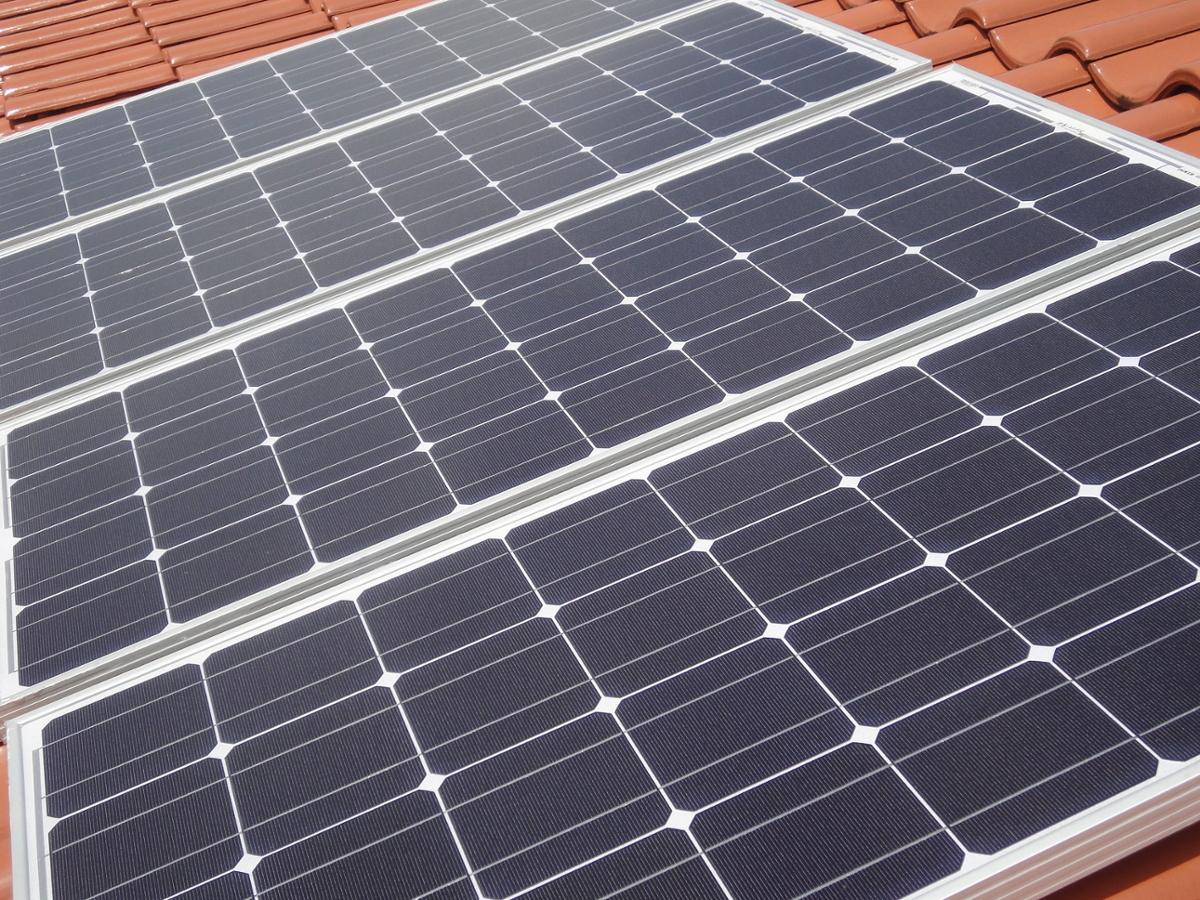Photovoltaic solar cells generate electricity from the energy contained in sunlight. They can help us solve the crisis of global climate change by providing a way to generate electricity without burning climate-warming fossil fuels. But, unfortunately, they come with a significant downside: they don’t generate electricity at night, when the sun isn’t shining. Remarkably, there might actually be a way to partly overcome this limitation. In 2022 a team of engineers based in Australia and England published a scheme for generating a small amount of electricity from solar energy at night.
How could they do this? During the daytime, Earth’s crust absorbs sunlight and heats up. At night, Earth radiates this stored heat into the cold of deep space as infrared radiation. Like visible sunlight, this infrared radiation contains energy, and can be used to generate electricity if absorbed by the right kind of device.
The researchers reported their discovery of what they think is a suitable device, which they call a thermo-radiative diode. The device uses technology similar to that used by night-vision goggles that detect infrared radiation. In its first test, they outfitted a conventional solar panel with their new technology. It only generated roughly on-one-hundred thousandth as much electricity as the solar panel could during the daytime. This is only a small portion of the energy theoretically available to be captured from Earth’s heat.
Having shown that a thermo-radiative diode is possible, the researchers now hope that an improved version can be developed. Soon, we could have solar panels that continue to generate a small but useful amount of electric power at night.










